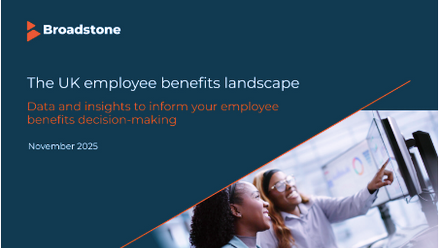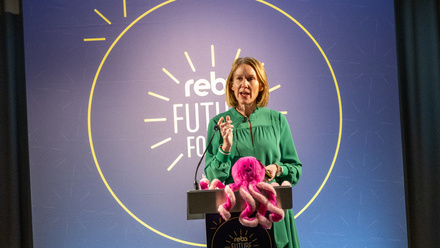4 ways to make workplace savings more effective and valued
The government is expected soon to announce the launch of phase 2 of the pensions investment review, which is all about pensions adequacy.
It might be more accurate to refer to this as pensions inadequacy as most people just aren’t saving enough.
Given recent increases in employer national insurance costs and national minimum wage, can employers afford to pay in more or is this about getting employees to take more ownership of their future?
Workplace pensions aren’t working hard enough
The employer already gets the ball rolling. You choose a pension, auto-enrol employees and set them up to save for the future. But it’s not enough with contributions at their present levels.
Between rising life expectancy and rising living costs, the need for substantial pension savings is only getting more pronounced.
Supply isn’t meeting demand – less than 50% of employees save enough to build an ‘adequate’ pot, according to the Pensions and Lifetime Savings Association.
So how can we help them? One possibility involves new regulations, raising the minimum contribution levels for employees and employers.
It would certainly help pension pots grow more quickly. But does it overlook the point that many employees struggle financially in the present as well as the future?
Would it make more sense to seek a more holistic solution to workplace savings?
What needs to change to make workplace pensions ‘adequate’?
Is legislation designed to force people to save more really the answer?
Like auto-enrolment, it’s a passive solution that relies on inertia – employees don’t need to think much about it or buy into it because everything happens in the background.
If we’re to solve the long-term problem, don’t we need to get people more connected and engaged?
What if we shift the focus to a more ‘active’ solution by engaging and educating?
Encourage employees to take more personal responsibility for their contributions and goals and help them with all-of-life workplace savings instead of just later-life workplace savings.
Here’s a snapshot of what we have in mind:
1. Rethink financial resilience
It’s about the journey, not the destination. While pensions are important for financial security later, they do little to help people in the meantime. So how could we fill that gap?
For a start, we could offer training or education alongside workplace savings, helping employees understand their finances more broadly, put things in perspective and make better decisions both now and in the future.
When people see pensions in the context of their broader finances, they’re more likely to engage.
They may even increase their contributions.
This is especially important for younger and lower-earning employees, who have a lifetime of financial challenges to face before they realistically think about retirement.
The sooner we can help them feel confident with money and plan ahead, the more impactful it will be throughout their entire financial lives.
2. Balance long-term needs with shorter-term goals
If we improve the range of financial products we offer employees, we can help them achieve a wider range of financial goals.
Lifetime ISAs to get them on the housing ladder. ISAs for rainy days and luxuries and so on.
Pensions might feel like less of an outlier when connected to flexible, shorter-term products in this way.
Seen all together, they become more than just savings pots – they become a financial toolkit to support short, mid and long-term goals.
All-in-one workplace savings rather than all-in-the-future.
3. Shift employees toward better saving habits
Engaging employees with their pension (and other products) needs to be a priority if we want to help them develop a more active and meaningful relationship with money.
However, the opposite is also true: we need to make saving more automatic and habitual.
It’s pretty much inevitable for financial pressures in the present to overshadow financial plans for the future, so we can’t expect always-on engagement with pensions.
Instead, we need to make saving so intuitive that it becomes second nature.
And the best way to do that is through a combo of financial education and digital tools that slot into everyday life.
4. Work toward a lifetime savings model
Together, these changes could transform how employees interact with and think about their finances.
As a cradle-to-grave solution for today’s workforce, we could help employees build their financial resilience and improve their quality of life, and make the employee benefits we offer far more valuable and appreciated.
There’s so much potential for workplace savings.
With a few significant tweaks, like those above, we can give employees a truly meaningful experience with a huge positive impact on their financial lives.
We can make pensions much more than just adequate.
Steve Watson will be at the next REBA Congress on 19 June. Join him at 2pm and bring your questions.
Supplied by REBA Associate Member, NatWest Cushon
NatWest Cushon is a workplace pensions and savings provider with an award-winning proposition.








